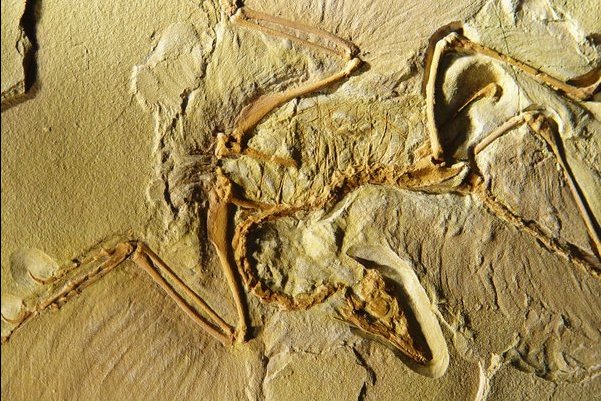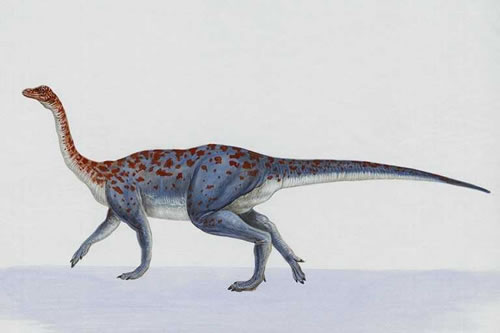To begin, the birth control that is being talked about is "the Pill". If you are not a biologist or someone familiar with how birth control works, please visit the Discovery Health news link provided here: Birth Control Overview. It is ignorant to have an opinion on something without knowing how it works/what it does, and birth control is no exception. Discovery Health News does a wonderful job at explaining in simple terms the biology behind the pill. Here is just a quick summery: the pill works by mimicking the hormones estrogen and progesterone, which prevents the follicles from releasing an egg into the ovary. Essentially, the body "thinks" it's already released an egg. Thus, they have been long used to prevent pregnancy.
However, pregnancy prevention isn't the only use of birth control. I am saddened to see how many people are ignorant of the many medicinal application of "the Pill". The fact is that doctor's are now prescribing birth control to treat a variety of women's health issues. I am going to list and explain just a few conditions which can be treated with birth control:
- Polycystic Ovary Syndrome: this is a condition in which (as the name suggests) cysts form on the ovaries. It is often associated with excess androgen and irregular menstrual cycles. Birth control helps balance hormones to normal levels so that the menstrual cycle is stabilized.
- Endometriosis: This condition occurs when the lining of the uterus (the endometrium) grows in other places in the body, such as the pelvic lining, ovaries, and rectum. It often results in infertility. Birth control is often used to stop periods in women who have this condition.
- Menstrual Cramps, PMS, and Dysmenorrhea (Painful Periods): These are all unpleasant side affects of the menstrual cycle. Sometimes, they can become so severe that they become debilitating. Birth control works by thinning the uterine lining, which in the long run decreases uterine contractions associated with cramping and pain.
- Acne: By regulating the hormones the occur during the menstrual cycle, birth control helps prevent hormonal break outs.
~LD









